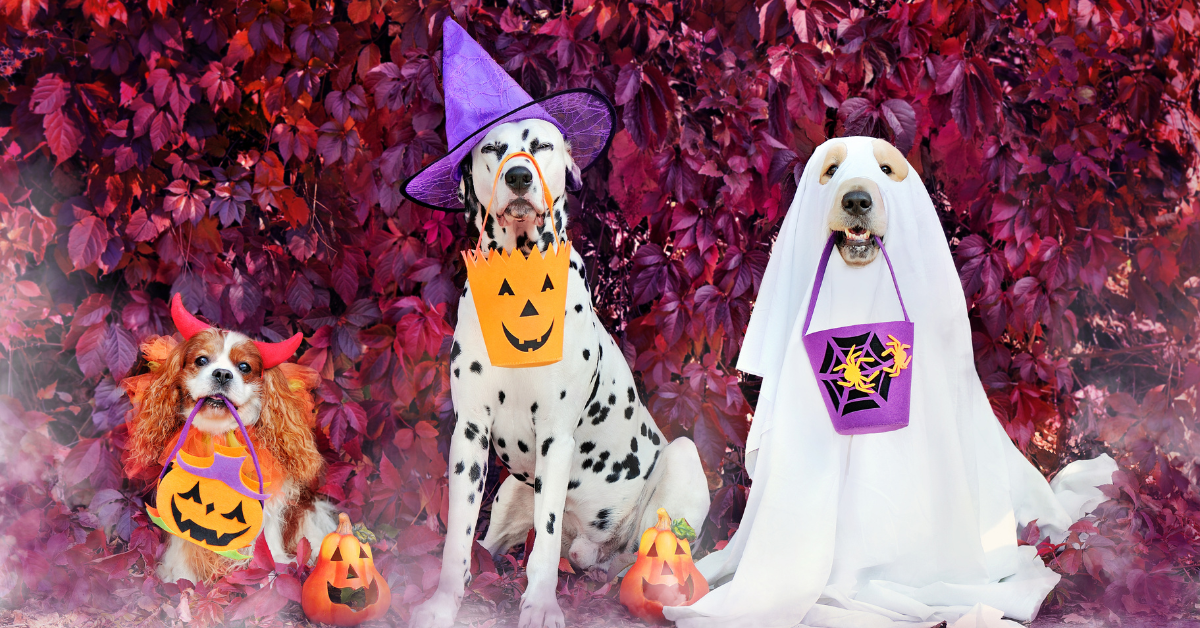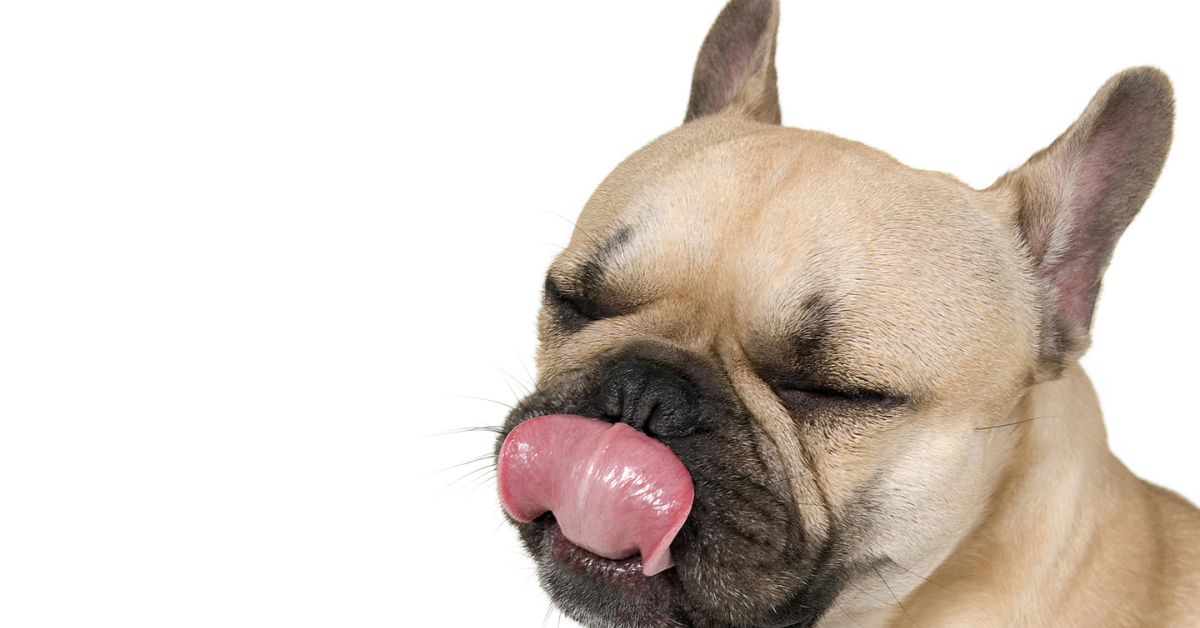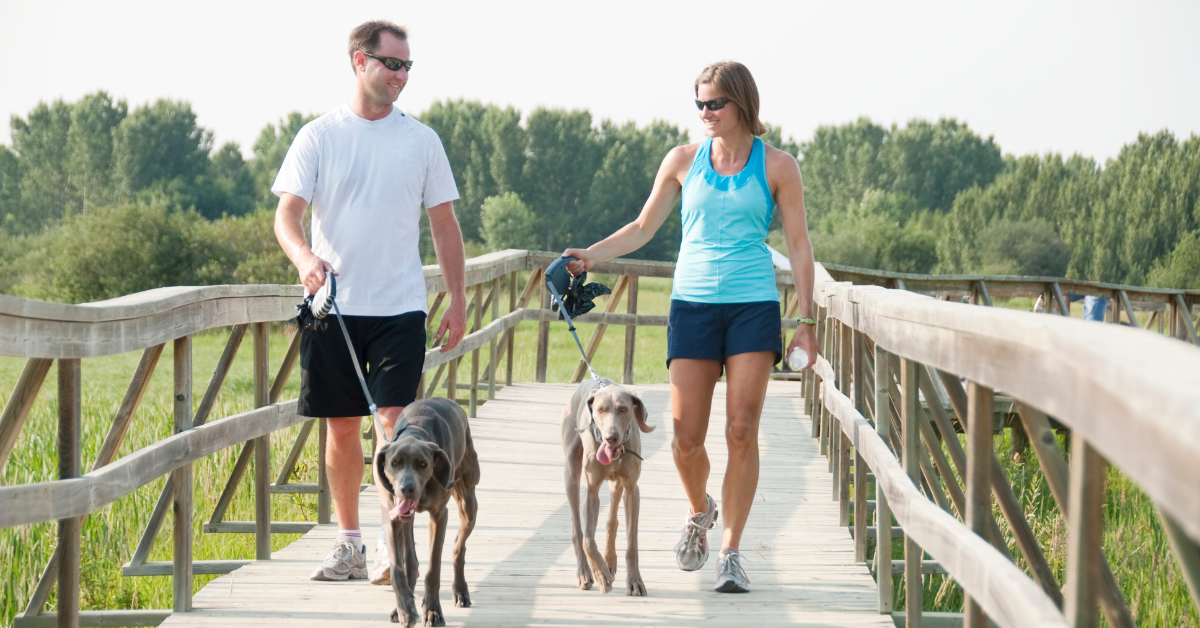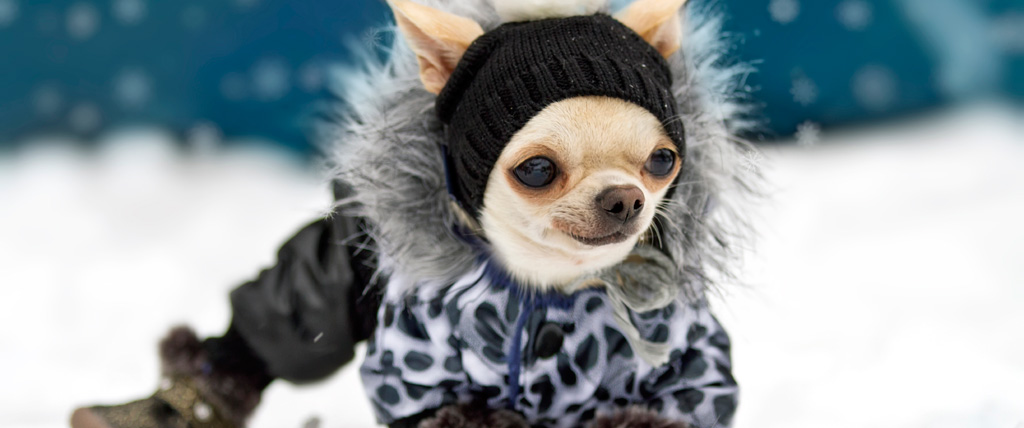Welcome Back To The Western Suburbs, Jack Frost! Time For A Winter Pet Safety Review.
Winter has come to Chicagoland, and it has come with a vengeance. This has officially been the coldest winter our pet care specialists have dealt with in our four-year dog walking history, including the great Snowpocalypse/Snowmageddon of 2011. While the piles of snow may have been higher, the temperatures weren’t reaching wind chills of -45 degrees. Yikes! From Oak Park to Carol Stream, and down south from Woodridge to Willow Springs, our dog walkers are breaking out their long underwear.
With this past week providing yet another day considered to be a winter weather emergency, it is a good time to review some winter pet safety tips so we can all survive the next several weeks until the spring equinox on March 20th. And now, here are our 7 essential winter pet safety tips for 2014…
1. If It’s Too Cold For You, It’s Too Cold For The Dog.
While this is a good general rule of thumb to follow, make sure to separate the days when you may not WANT to walk the dog in the winter from the days it is NOT SAFE to walk the dog in the winter. Dogs still need exercise and stimulation in the winter, however, when it is simply too cold? There are many dog-factors to consider such as breed, coat, age, and health conditions as well as weather-factors such as temperature, windchill, and dampness. Take some time to look at your dogs’ s coat and breed. Some breeds tolerate the cold better than others. Some dogs are double coated and can be outside longer than dogs with one layer of fur or hair. Puppies and older dogs have a harder time regulating their temperature than healthy adult dogs, so take that into consideration as well. Dogs with certain health conditions, like arthritis or hip displaysia might need to stay inside and stick with potty breaks only during extremely damp days or on days close to or below freezing.
When looking at the weather reports, look at the windchill vs. the actual temperature. The windchill is what is will feel like to your body vs. what the thermometer says. Gauge the time spent outside based on the windchill numbers and be cautious not to walk too far away from your home. Also, consider if there is snow or sleet falling during your walk. Walking ON snow is different from being covered in snow. When a dog becomes wet it will lower body temperature faster, so be aware of what is sticking to your dogs fur. Each dog is a different snowflake and there are no black and white guidelines, so take some time to consider each factor before heading outside.
2. Avoid Off Leash/Unsupervised Time Outside.
Avoid off leash spots with your dogs and unsupervised time outside for your cats during the winter. Dogs can lose their scent in heavy snow and easily become lost during snowstorms. More dogs are lost during the winter than during any other season, so keep them close. While we recommend keeping your cat indoors in the winter, outdoor cats sometimes sleep under the hoods of cars where the engine is warm. When the motor is started, the cat can be injured or even killed by the fan belt. Bang on your car hood before starting the engine each time you get in your car to give a potentially cozy cat under the hood a warning. You might be surprised at what might jump out of your car.
3. Leave Them At Home.
Avoid bringing your pet on errands during the winter, especially if you are considering leaving them in the car. We all know leaving a dog in the car in the summer can cause heat stroke and even death but the opposite is also true in the winter. A car can act as a refrigerator in cold temperatures, holding in the cold. This can cause the dog to experience hypothermia and even cause the animal to freeze to death. It’s always best to leave pets in your temperature regulated home.
4. Wipe Them Down.
Thoroughly wipe off your dog’s legs and stomach when they come in out of the sleet, snow or ice. Dogs can ingest salt, antifreeze or other potentially dangerous chemicals while licking their paws after a walk around the neighborhood. Paw pads may also bleed from snow or encrusted ice that is not removed. If your long haired dog has you wiping down paws forever, consider protective booties during the winter months.
5. Grow Them Out.
Never shave your dog down to the skin in winter. Longer coats and full fur will provide better protection during the winter months. When you bathe your dog during cold temperatures, be sure to completely dry them before going outside. Consider getting short haired breeds a coat or sweater that covers the base of the tail to the belly.
6. Feed Them For The Winter.
Skinny is not better in the winter. Increase your dog’s food supply slightly in the winter months, particularly protein rich foods and omega 3s. Don’t over do it and let your dog become obese for the winter, but a healthy diet and a little extra winter weight will keep them warmer and their coats healthier.
7. Remember Winter-Specific Poisons.
Antifreeze is a lethal poison for dogs and cats. While this chemical is important to maintain a happy car in the winter, be sure to thoroughly clean up any spills from your vehicle, and consider using products that contain propylene glycol rather than ethylene glycol.
Also, avoid rock salt and look for pet- and child-safe ice melt products. Dogs can either potentially ingest ice melt pellets or they can get them frozen into their paws. Later on when they are inside the house in higher temperatures, the ice melts and dogs begin to lick their paws. The salt can heat up as high as 175 degrees and not only burn their skin and paws but their mouth and internal digestive system. Salt can also burn and irritate children’s eyes and skin and cause internal problems if swallowed, according to pediatricians. It is also not so great for the environment. Salt residue can cause damage to pavers, asphalt, concrete, wood decks, floors and rugs. It also seeps into groundwater supplies and can harm aquatic wildlife, kill plants, burn grasses and poison birds.
Unfortunately not everyone in the neighborhood worries about the safety of our furry friends. When you are on walks, be aware of what your dog is stepping in. Think about using booties or at the very least, give them a good thorough paw wipe when they get home. If paws get dry, use a paw balm to moisturize dry and cracked paw pads.
May we all survive what I am sure will be remembered as the “Polar Vortex of 2014”. Safe and warm thoughts with you and your floofins.
Do you live in the chicagoland area and are looking for a pet care specialist? Get in touch with our team today:
Other Recent Blog POsts

Pet-Friendly Halloween in Chicago 2024
October 22, 2024
Protecting Dogs from Theft in Chicago
October 16, 2024
Pet Obesity Awareness Week: Keeping Chicago Pets Healthy
October 9, 2024
Pet-Friendly Fall Events in Chicago 2024
October 2, 2024
National Walk Your Dog Week is Coming!
September 25, 2024

